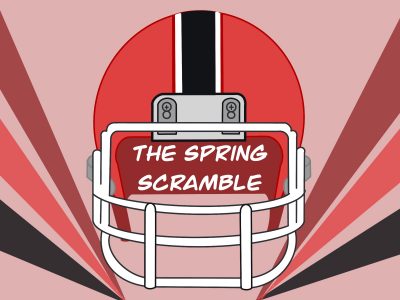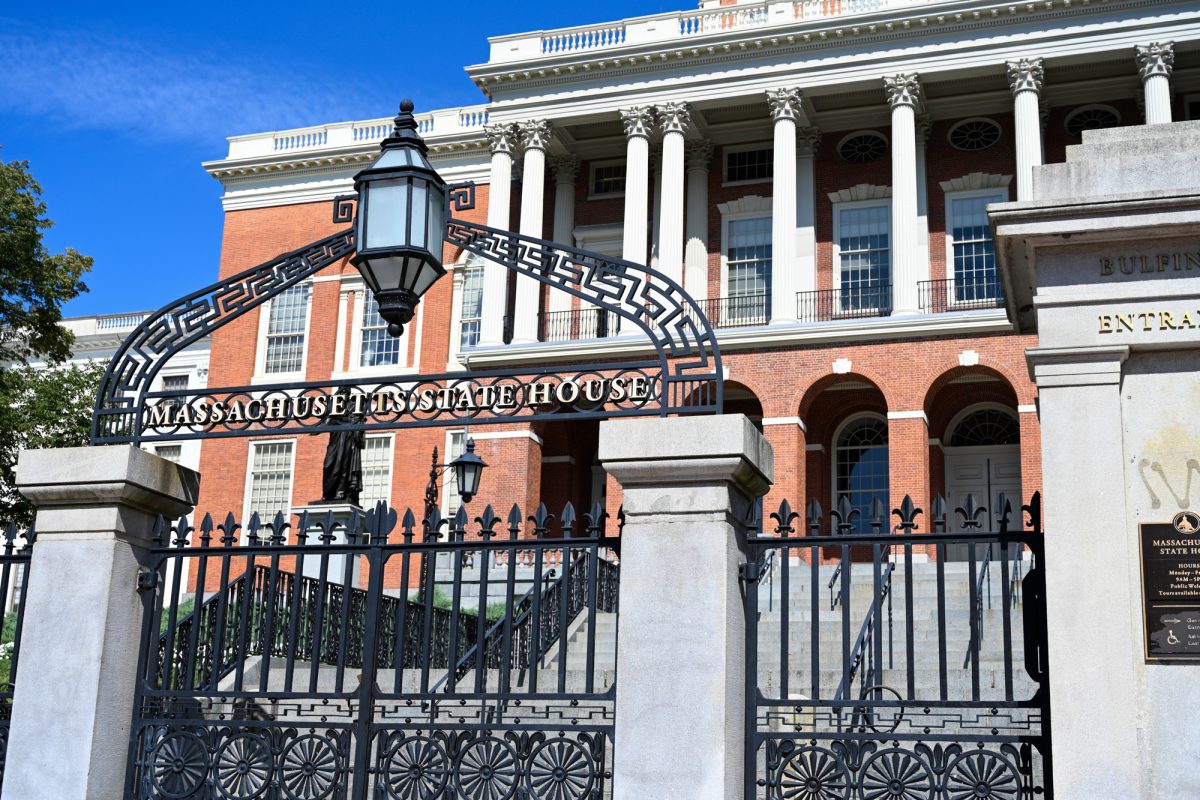Americans love football – there is no doubt about it. The NFL produces the most revenue out of all major sports leagues in the world by a whopping $3 billion. According to a survey by Nielsen and the NFL, over 208 million Americans, nearly two-thirds of America, watched this year’s Super Bowl. So, in a country where football is far and away the most popular sport, why has there never been a successful and sustained spring football league? Surely there is a market for it, so where did the original USFL, Alliance of American Football, XFL and other leagues go wrong and how can the USFL be the first to provide quality spring football?
Here are three keys if the USFL wants to avoid the fate of the spring leagues that came before it.

- Embrace the spring
The NFL dominates sports’ news cycle year round, even in the offseason; it is the reason the phrase “NFL is king” exists. No other league can compete with it and the USFL is not going to be the first.
The original iteration of the USFL in 1983 was relatively successful, with the Michigan Panthers even boasting an impressive 60,000 fans in a playoff game and ABC averaging a 6.0 rating during the inaugural season. The league’s downfall came from its greed.
After significant owner turnover wiped out the core of owners who shared the vision of league creator David Dixon, the owners voted to move the USFL season to the fall in order to directly compete with the NFL in 1986. The owners, led by New Jersey Generals owner Donald Trump, planned to force a merger between the two leagues.
First, the owners sued the NFL in an antitrust lawsuit, which they ended up winning. However, they were only awarded a symbolic one dollar. This spelled the end of the USFL’s first run at creating a successful secondary league.
Learning from previous mistakes, the USFL needs to burrow into and embrace its spring niche. Accepting that the league will not be the David to take down Goliath is an important first step to success.
- Smart money management
The kryptonite to any attempt at spring football is poor money management. Using the 1980’s USFL as an example again, Dixon issued a number of guidelines called the “Dixon Plan.” The plan included a $1.8 million salary cap, games in NFL stadiums, regional drafts and a large promotional budget. While the owners agreed, money issues riddled the league with stadium lease issues, relocations, mergers and monstrous contracts, such as quarterback Steve Young’s four year, $40 million signing with the Los Angeles Express.
Another example is the AAF which began with no solid financial plan, underpaid players, unpaid hotel bills and lost health insurance. The AAF kicked off on February 9, 2019 and filed for Chapter 7 bankruptcy just over two months later on April 17, 2019.
The XFL’s second iteration began its inaugural season in 2020 on February 8 and, similar to everything else in the world, suspended operations due to COVID-19 in March. This led to a loss of $44 million and a file for Chapter 11 bankruptcy. While this is by no fault of the league itself, it proves how fragile these startup leagues are and stresses the importance of money management.
The 2022 iteration of the USFL seems to be starting off on the right foot. The league decided to only introduce eight teams at first in order to keep fans and budgets from being overwhelmed. Similarly, the league decided to play every game of the first season in Birmingham, Alabama to save money on hotel, travel and stadium costs. As it becomes more established, plans are in place to move teams to their home cities in the league’s sophomore and junior seasons.
- Market, market, market
Marketing is essential to the success of the USFL as marketing leads to fans, and fans lead to revenue. The USFL has a great concept for a product and needs to put the work in to sell that product to fans.
The USFL is, at its core, a second-chance league that allows both coaches and players the opportunity to prove themselves in ways that they were never able to. Everyone loves a comeback story, so what would be better than watching a player dominate the USFL and find a successful career in the NFL?
The 1980’s USFL had a litany of these stories, including Michigan Panthers wide receiver Anthony Carter who became a three-time pro-bowler with the Minnesota Vikings, New Jersey General running back Hershel Walker who went to two pro-bowls under the Dallas Cowboys and Memphis Showbacks defensive end Reggie White, who has the second-most sacks all-time in the NFL.
Along with the quality level of talent, the USFL will also have a chance to diverge from the NFL with its rulebook which could make its product more exciting and intriguing. Rules, such as the 9-point play, 4th-and-12 onside kicks and two forward passes behind the line-of-scrimmage, set the stage for exciting and competitive matchups. As long as the league is able to adjust rules that do not work and keep the spirit of football the same, it should offer a unique twist to America’s favorite sport and avoid a fate different from the original USFL, which failed due to its lack of player safety and rules that strayed too far from football tradition.
In this age of social media, there is a necessity to showcase future talent and exciting differentiations. Boasting over 500k followers across social media, as well as backing by Fox Sports and games being streamed on major networks, such as FOX, USA, FS1 and NBC, the league has established a sturdy base that will need to be sustained to ensure its success.


















































































































